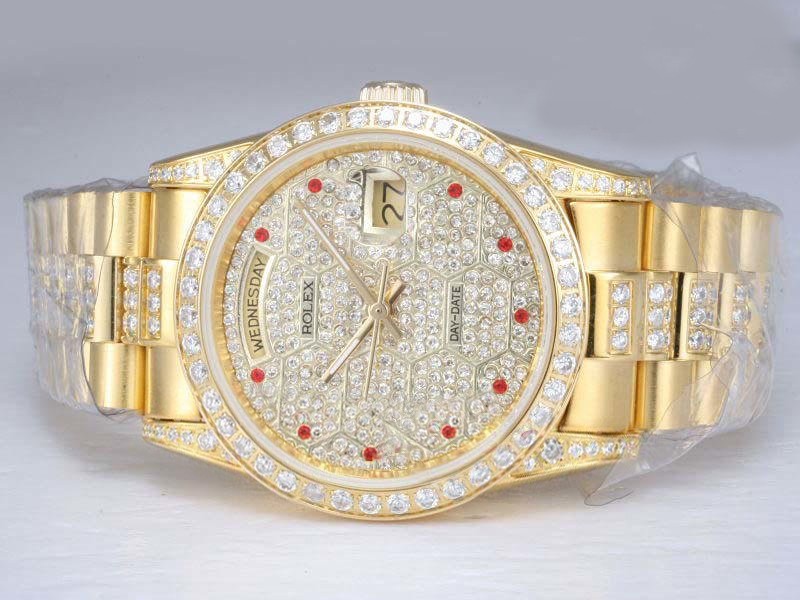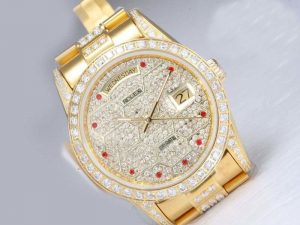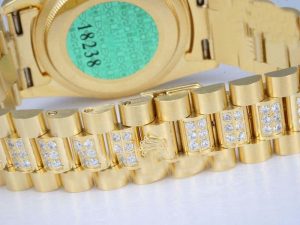
Generally speaking, we would say when a watch sells for an eyebrow-raising sum of money, the assertion is made – the words vary but the basic substance is the same – that it’s “ruining the hobby.” The latest example was the “barn find” Speedmaster we covered earlier this month, but there are also some other examples. It seems to mostly have passed unnoticed that in the same Phillips auction in which the PNPND set its record, I’m not sure that this isn’t at least as insane as paying $17 million for the PNPND, assuming you think this sort of thing is crazy in the first place.
So now, is this bad for watch collecting? Prices for both new and vintage fake watches of top quality, and from blue-chip names like the replica Rolex and Patek Philippe, seem on an endless upward trend. Even ten or fifteen years ago, good vintage watches weren’t exactly cheap, but the huge sums of money flowing into vintage watch collecting have, it’s true, changed the game. When I first got interested in watches, the watch magazines, such as they were, were on newsstands along with the model railroading, doll collecting, and stamp collecting magazines. Things have obviously changed greatly after that. 

The general unbelievable increase in the auction prices – and not just records, but auction prices in general – for the most collectible models are indeed bad if you’re not a wealthy individual, and what were affordable collectibles ten years ago, have become unachievable for many of us. (Of course, if you’re selling those models and got them ten to twenty years ago, it’s the best thing that ever happened to fake Rolex collecting.) I don’t know that it’s necessarily good or bad in any absolute sense, but it has fundamentally changed the nature of watch collecting, and what was once a somewhat quirky, slightly inexplicable, occasionally expensive but basically low-visibility hobby has become, to some extent, a high-stakes media circus.
The other question – is it worth it? There are two answers anyway. The first of course is “no.” The price paid for the PNPND is indefensible by any sensible measure; it is out of any plausible – never mind logical – relationship to either the design intelligence behind, or quality of craft of, or ingenuity contained within, the PNPND or any other Daytona. The second answer, however, is “yes” and that is because, by definition, the worth of something is what someone would like to purchase it – or in this case, and more relevantly, for not just the object, but what it stands for. We’ve already talked about what the PNPND and Daytonas in general, represent beyond the basic physical and design features, of the replica watches – the PNPND especially is valuable largely not for what it is, but for what it symbolizes.